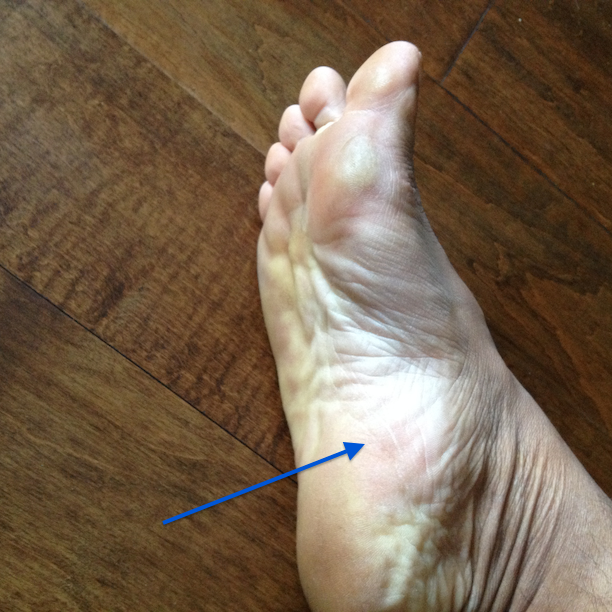

What are the alternatives to the primary approach you're suggesting?.Is my condition likely temporary or chronic?.Questions to ask the health care providerįor plantar fasciitis, basic questions to ask your health care provider include:.Medications, vitamins or other supplements you take, including doses.Key personal information, including your and your family's medical history and activities you do that could have contributed to your symptoms.Your health care provider might refer you to a provider who specializes in foot disorders or sports medicine. Simple home exercises can stretch your plantar fascia, Achilles tendon and calf muscles. Or try rolling a frozen bottle of water under your foot for an ice massage. Hold a cloth-covered ice pack over the area of pain for 15 minutes three or four times a day to help reduce pain and inflammation. Try a low-impact sport, such as swimming or bicycling, instead of walking or jogging. Replace your old athletic shoes before they stop supporting and cushioning your feet. Buy shoes with a low to moderate heel, thick soles, good arch support and extra cushioning.

Extra weight can put extra stress on your plantar fascia. To reduce the pain of plantar fasciitis, try these self-care tips: It can be done as an open procedure or through a small incision with local anesthesia. It is generally an option only when the pain is severe and other treatments have failed. Few people need surgery to detach the plantar fascia from the heel bone. The probe tip then vibrates rapidly to break up the damaged tissue, which is suctioned out. This minimally invasive technology uses ultrasound imaging to guide a needlelike probe into the damaged plantar fascia tissue. Some studies show promising results, though this therapy hasn't been shown to be consistently effective. This is for chronic plantar fasciitis that hasn't responded to more-conservative treatments. Sound waves are directed at the area of heel pain to stimulate healing. Ultrasound imaging during injections can assist in precise needle placement. Platelet-rich plasma obtained from your own blood can be injected into the tender area to promote tissue healing. Multiple shots aren't recommended because they can weaken your plantar fascia and possibly cause it to rupture. Injecting steroid medication into the tender area can provide temporary pain relief. If more-conservative measures aren't working after several months, your health care provider might recommend:
#TOP ARCH PAIN IN FOOT FULL#
Your health care provider might recommend one of these for a brief period either to keep you from moving your foot or to keep you from placing your full weight on your foot. Your health care provider might prescribe off-the-shelf or custom-fitted arch supports (orthotics) to distribute the pressure on your feet more evenly.

Your physical therapist or health care provider might recommend that you wear a splint that holds the plantar fascia and Achilles tendon in a lengthened position overnight to promote stretching while you sleep. A therapist might also teach you to apply athletic taping to support the bottom of your foot. A physical therapist can show you exercises to stretch the plantar fascia and Achilles tendon and to strengthen lower leg muscles. Physical therapy or using special devices might relieve symptoms. Pain relievers such as ibuprofen (Advil, Motrin IB, others) and naproxen sodium (Aleve) can ease the pain and inflammation of plantar fasciitis. Most people who have plantar fasciitis recover in several months with conservative treatment, such as icing the painful area, stretching, and modifying or avoiding activities that cause pain.


 0 kommentar(er)
0 kommentar(er)
